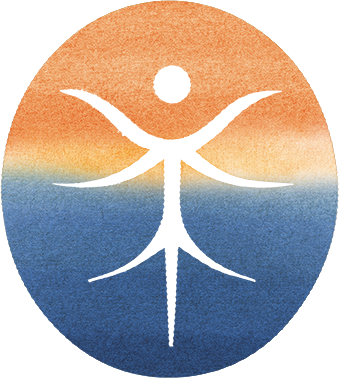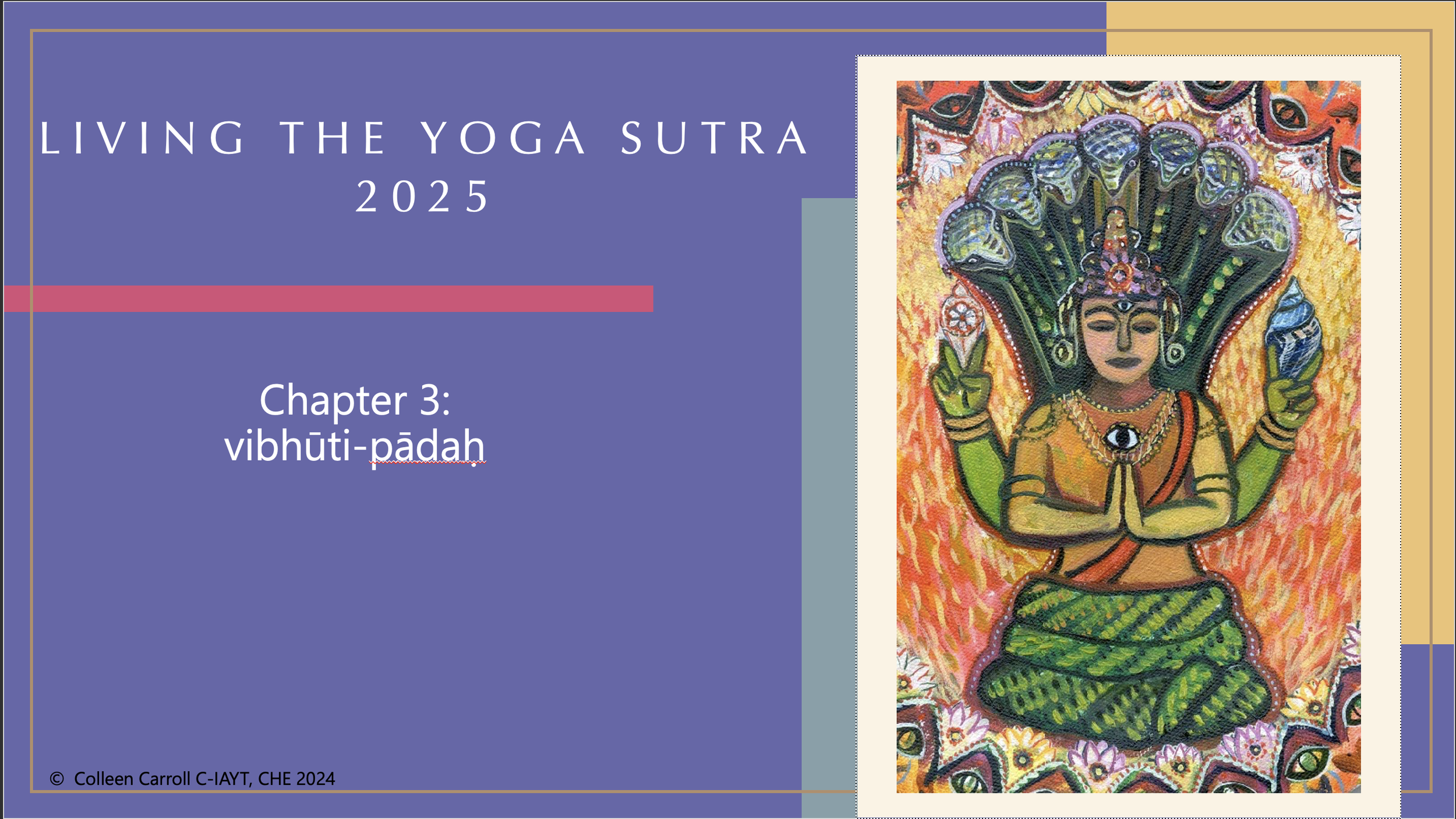
WHAT WE DO
THERAPEUTIC YOGA FOR NEUROLOGICAL CONDITIONS, INCLUDING
PARKINSON, MS, POST-STROKE AND COGNITIVE CONDITIONS.
Would you like to chat?
Recordings & Videos
what clients say

frequently asked questions: Parkinson's
-
Yoga therapy for Parkinson's is a whole system approach that combines yoga postures, breath awareness, and visualization, along with simple lifestyle modifications to help manage the symptoms and challenges associated with Parkinson's disease. It can benefit individuals by improving balance, flexibility, mobility, reducing muscle stiffness, managing stress and anxiety, enhancing body awareness, and promoting overall well-being.
-
Breath awareness is a fundamental aspect of yoga therapy for Parkinson's. It helps individuals cultivate mindfulness, reduce stress, improve oxygenation, and increase body-mind connection. Breath awareness practices can promote relaxation, enhance focus and support overall well-being.
-
Yes, the NTY method includes specific exercises and routines directly related to reducing your fall risk and addressing balance and gait problems associated with Parkinson's. By incorporating specific yoga postures that focus on stability, awareness of core and leg muscles and mindful movement practices, yoga therapy aims to enhance your balance, coordination, and walking abilities. Steadying your gaze, improving your posture, and promoting body awareness can contribute to a steadier gait and improved overall balance. Additionally, yoga therapy emphasizes the importance of gradual progression and personalized modifications to suit your individual needs and abilities, ensuring a safe and effective practice.
-
The breath-based movement of yoga therapy, complemented by the unique approach of NTY Yoga Therapy, integrates gentle postures, relaxation techniques, and breath awareness. This combination has been extensively studied and demonstrated to effectively reduce muscle rigidity and tremors.
-
Yes, yoga therapy can help alleviate digestive difficulties in individuals with Parkinson's. "Specific breathing techniques synchronized with appropriate yoga postures stimulate the digestive system, improve digestion, relieve constipation, and create a mindset conducive to healthy dietary choices. Over time these practices shed light on old patterns of breath and movement and replace them with new skills that enhance blood flow, peristalsis, and body awareness for improved gastrointestinal health.
-
Yoga therapy for vocal dysphonia in Parkinson's may include exercises to strengthen the vocal cords, improve breath control, and enhance vocal resonance. Techniques such as singing, chanting, humming, and gentle vocalization can help improve voice quality and control. Combining physical movement with vocalizing releases tension, enhances vocal projection, and improves resonance, making the voice sound clearer and more resonant.
-
Yoga therapy can help with freezing episodes by focusing on body awareness, rhythm, and conscious movement. Certain yoga practices, such as rhythmic breathing, slow and controlled movements, and visualization techniques, can help reduce freezing episodes and improve overall movement fluidity.
-
In the world of Yoga Therapy, there are several fundamental postures. The way we sequence and combine them depends on our understanding of Parkinson's disease (PD) and the individual's specific assessment. Indeed, certain yoga postures hold great benefits for Parkinson's patients. For instance, gentle movement enhances focus, improving balance , strength and stability. The choice of postures is always personalized to cater to each individual's unique needs and abilities
-
Absolutely. Yoga therapy incorporates various relaxation techniques, mental focus, and breathwork that can effectively reduce stress and anxiety levels. These practices promote ease, emotional well-being, and a greater sense of control and autonomy.
-
Lifestyle modifications may include suggestions for incorporating regular physical activity, maintaining a balanced diet, improving sleep hygiene, managing stress, and practicing self-care. Yoga therapy encourages a holistic approach to support overall health and well-being.
-
The timeline for experiencing results can vary for each individual. Consistent and dedicated practice is important. Some individuals may notice improvements in flexibility, balance and symptom management within a few weeks, while others may require several months of regular practice to observe significant changes.
-
No, prior yoga experience is not necessary to benefit from yoga therapy for Parkinson's. Yoga therapy is designed to meet individuals at their current level of ability and can be modified to suit their specific needs. It is accessible to individuals with varying levels of experience, including beginners.
About NeuroTherapeutic Yoga
Colleen is part of a movement to apply NeuroTherapeutic Yoga to people affected by Parkinson’s, MS, post-stroke, early cognitive decline, and other neurologic conditions.
Although yoga has been applied therapeutically in India for thousands of years, it is a relatively new treatment modality in the West and Colleen works on the very edge of that frontier.
Applying yoga to neurologic conditions means finding appropriate movements and breath patterns that combat the stress that those particular conditions place upon the system. We know that ongoing stress is harmful to the body, and any imbalance in the body causes ongoing stress. Exhausted adrenals cause a negative chain reaction of hormonal, circulatory, and neural dysfunction, and these must be addressed so the body does not break down all together. Yoga regulates and calms the nervous system so that a positive chain reaction toward relaxation, healthy digestion and healthy sleep can occur. Each asana (pose) is specifically designed to gently massage and stimulate various organs that are crucial to proper functioning of all the systems of the body. By triggering the relaxation response in the body, the nervous system is reset for optimum health.
THE NATIONAL INSTITUTE OF NEUROLOGICAL conditions AND STROKES REPORTS THAT:
“
In the United States, at least 500,000 people are believed to suffer from Parkinson’s disease, and about 50,000 new cases are reported annually. These figures are expected to increase as the average age of the population increases. The disorder appears to be slightly more common in men than women. The average age of onset is about 60. Both prevalence and incidence increase with advancing age; the rates are very low in people under 40 and rise among people in their 70s and 80s. Parkinson’s disease is found all over the world.







